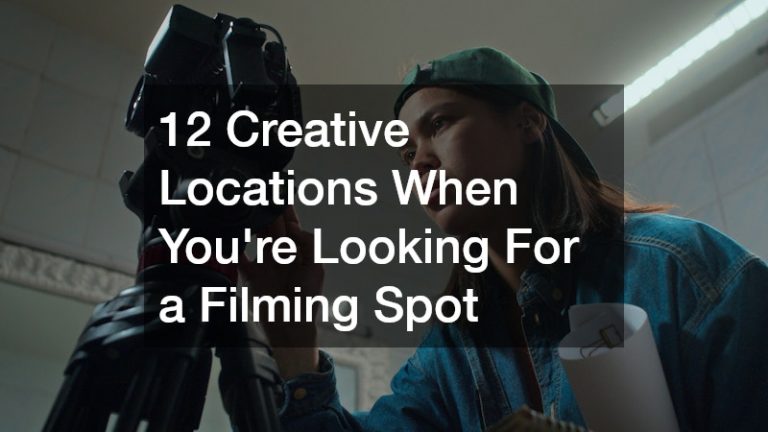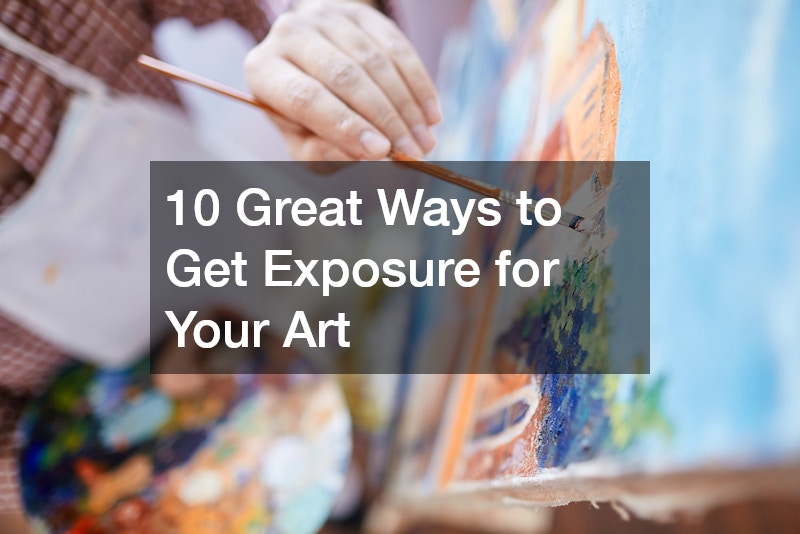

In today’s competitive art world, getting your work noticed can be a daunting challenge. Artists, whether emerging or established, often struggle to find effective ways to get exposure for their pieces. The good news is that with strategic planning and creative ideas, artists can significantly enhance their visibility. This article provides you with insightful tips ranging from building a digital presence to local networking and collaborative efforts. Whether you’re aiming to attract the attention of a local coffee company or collaborate with a fellow tattoo artist, these strategies cover a broad spectrum designed to help you make an impression in a diverse market. We’ll explore a venues such as creating an online portfolio, engaging with other artists and businesses, and making use of social media platforms and art fairs. If you’re committed, these strategies will undoubtedly pave the way for increased recognition and success in your artistic endeavors.
1. Build a Strong Online Portfolio

In the digital age, having an online portfolio is crucial for artists seeking to get exposure. This platform serves as a virtual gallery that showcases your best work and creative evolution over time. Success begins with a polished, user-friendly website that incorporates your artwork, serves as a point of contact, and could even integrate a blog for consistent updates.
Ensuring your online portfolio is visually appealing, easy to navigate, and updated regularly can distinguish you in the crowded field of the art world. Consider incorporating behind-the-scenes content like video tours of your studio or process to engage potential audiences further. Much like computer repair professionals who rely on presenting their skills online, artists can similarly use their portfolios to highlight and detail their expertise.
Moreover, having an online portfolio broadens your reach beyond local confines. Through the strategic use of search engine optimization (SEO) and leveraging social media links, you can attract art enthusiasts, collectors, and potential buyers from all over the world. This vital step ensures that your art remains accessible, dynamic, and positioned for maximum visibility.
2. Approach Local Businesses
Collaborating with local businesses offers the dual benefit of diversifying an artist’s audience and providing a personalized touch to public spaces. Businesses such as local coffee companies often look for unique artworks to enhance their interior designs and create a welcoming atmosphere. By exhibiting your art in these venues, you not only get exposure but also forge valuable community connections.
In addition to cafes, consider approaching restaurants, boutique shops, and other small enterprises. A simple meeting with the business owner can reveal exciting opportunities, such as rotating exhibits or exclusive partnerships. Being strategically aligned with these businesses can contribute to both the aesthetic value of their space and your artistic reputation.
These partnerships often open doors to referrals and commissions, proving beneficial for both parties. Combined marketing efforts can also amplify your reach, leveraging both the business’s customer base and your existing followers. Through this collaborative spirit, artists and businesses together can foster thriving, vibrant community arts ecosystems.
3. Collaborate With Other Artists
Collaborating with fellow artists can lead to a refreshing fusion of ideas and styles, potentially resulting in new creative directions. For instance, creating a floral centerpiece with a local ceramicist enhances the artistic value and serves as a testimony to community spirit. Such collaborations are excellent opportunities to get exposure and share audiences, thus boosting visibility for both parties.
Co-hosted events or art shows are another effective way to draw larger crowds, allowing you to introduce your work to a fresh audience. Mixing different artistic talents can be mutually beneficial, lending inspiration and fresh skills to each participant. Shared successes in collaborative projects often lead to stronger networks and lasting professional relationships. Moreover, by aligning with other artists who possess varying but complementary styles, you expand on the elements of surprise and innovation in your own work. Collaborations can break the creative monotony, challenging personal boundaries and spurring continued artistic growth.
4. Create Limited Edition Prints
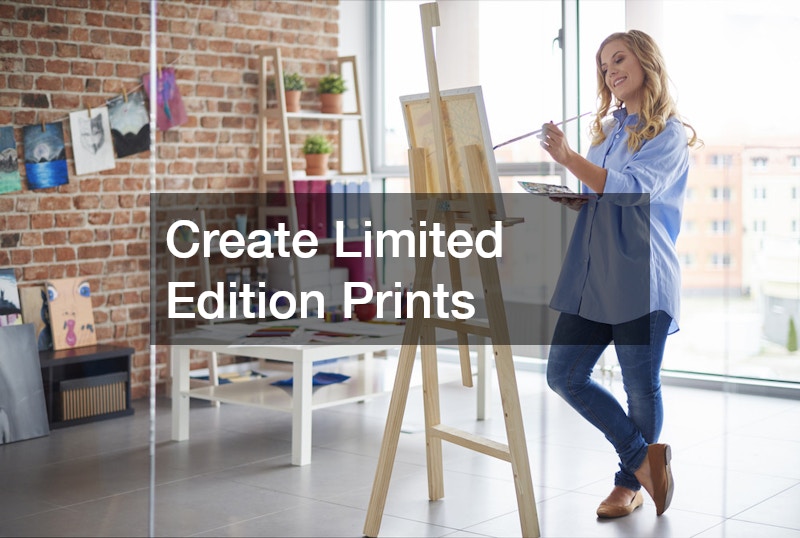
Creating limited edition prints of your work can be an effective strategy to reach a wider audience while preserving the value of your original pieces. This exclusivity entices collectors and affords them an opportunity to acquire a unique piece at a more accessible price point, thus enabling you to get exposure across different market segments.
Partnering with reputable printing services ensures that the quality of your prints meets professional standards and retains the integrity of your original artwork. An artist’s signature on these prints adds a personal touch, often increasing their perceived worth. Proper documentation and limitation of prints establish their uniqueness, adding an element of investment for buyers.
Print sales can also serve as a substantial revenue stream, supporting your overall career. By marketing these prints through galleries, online platforms, and social media, you can effectively reach a global audience. They also serve as a stepping stone, welcoming new enthusiasts who might eventually become collectors of your original work.
5. Get on Social Media
Incorporating social media into an artistic career strategy is arguably indispensable in today’s interconnected landscape. Platforms like Instagram, Facebook, and Pinterest offer unparalleled opportunities to get exposure among broad and diverse audience bases. For a tattoo artist, for instance, these platforms allow for the showcase of real-time work while engaging with followers and potential clients.
Social media serves as an informal marketing tool through which artists can narrate their journey, share process insights, and announce upcoming events. Interactive content such as live streams or stories create engaging experiences, drawing audiences closer than traditional galleries often allow. A consistent, authentic online presence can cultivate a dedicated community around your artwork.
Not only does social media facilitate direct engagement with followers, but analytics tools provided by these platforms can help refine strategies, track progress, and measure reach. By tailoring your approach based on audience interaction data, you can enhance your social media impact, further elevating your career.
6. Participate in Art Fairs and Markets
Participating in art fairs and markets is an excellent method to physically showcase your creations, allowing audiences to experience them tangibly. These venues provide artists the opportunity to get exposure and build relationships with visitors, including potential buyers, fellow artists, and gallery representatives. Face-to-face interactions enable the sharing of stories behind pieces, creating emotional connections that digital exchanges often lack.
Select appropriate events that align with your artistic style and target audience to maximize the benefit of these festivals. Research their past attendance, focus, and participant reviews to ensure a good fit for your work. By diversifying your showings to include regional and national fairs, you can incrementally build your reputation and market presence.
For artists looking for additional appeal, enhancing booths with personalized touches or live demonstrations can create memorable experiences for participants. Such gestures can distinguish you among a crowd of exhibitors, leaving a lasting impression that mere visuals might not. With thoughtful engagement and display, fairs and markets can be key components in an artist’s promotional and sales strategy.
7. Become a Teaching Artist
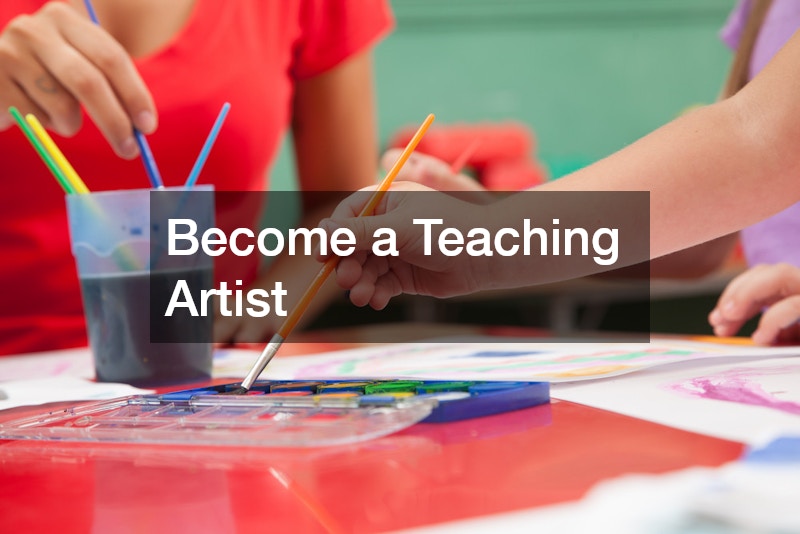
Becoming a teaching artist can greatly enhance your visibility and establish you as an authority in your field. By delivering workshops or courses, you not only share your knowledge but also get exposure through educational platforms and institutions. Engaging with private schools, community colleges, and art workshops can bring about new opportunities to cultivate a following of dedicated learners and admirers.
Teaching extends beyond conventional classrooms, especially considering opportunities such as online tutorials or virtual workshops. This not only broadens your reach but also offers scalable means of imparting skills. The teaching experience can inspire creativity both for participants and yourself, often leading to fresh insights and artistic breakthroughs. Moreover, as a teaching artist, you typically develop a new audience segment interested in your instructional approach and professional path. Establishing yourself within educational circles provides a different dimension to your visibility, enriching your profile as not just a creator but also a cultural contributor and art advocate.
8. Join Artist Communities and Forums
Joining artist communities and forums can offer significant benefits, providing artists with a platform to network, share ideas, and get exposure. These spaces foster a sense of camaraderie and mentorship, where mutual learning and growth are encouraged. Artists can interact, collaborate, and provide critiques, which adds a unique dimension to their work.
Online platforms and local groups can serve as incubators for budding connections and potential collaborations. Just like collectors of vintage enamel signs, many art values are prevalent in community settings, representing an essential source of artistic heritage. Engaging in community discourse can inspire new themes and concepts that revitalize creative thoughts.
Being part of these forums also helps keep you informed about art events, exhibitions, and opportunities. Regular involvement in such spaces positions you as an integral member of the artistic landscape and provides networking opportunities that may not come from solo endeavors. Actively engaging in these communities creates visibility and establishes your voice in the broader art world.
9. Document and Share Your Process
Documenting and sharing your creative process can be powerful in drawing admiration and ‘behind-the-scenes’ intrigue. Using a CNC router for woodworking, for example, can be fascinating material for audiences interested in the intricacies of the craft. Providing this level of insight not only allows you to get exposure but also situates you as an accessible artist willing to demystify behind-the-curtain processes.
Sharing process work might involve video snippets, photography, or live video sessions. This transparency builds trust and offers your audience a deeper understanding of your art’s evolution, fueling a personal connection that is engaging and educational. It brings attention to not just the finished product but the philosophy and labor involved.
In addition to building an audience, documenting your process serves as a creative diary for self-reflection and growth tracking. It can act as a personal blueprint for your artistic journey, highlighting successful techniques or augmenting areas needing change. Such documentation also enriches your portfolio, adding depth and narrative to your artistic identity.
10. Apply for Grants or Artist Residencies
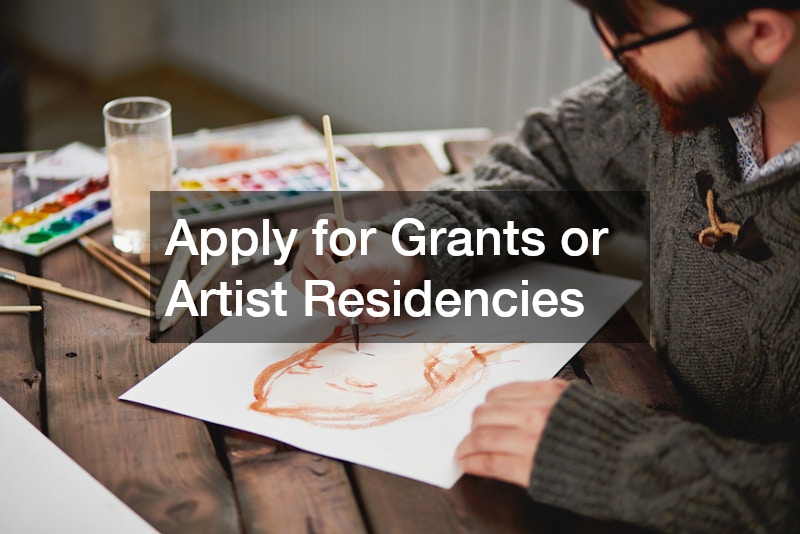
Applying for grants or artist residencies offers financial support and concentrated time for artistic development, along with substantial exposure opportunities. These programs can act as catalytic phases in an artist’s career, thus leveraging such opportunities matters greatly. Much like a bankruptcy attorney navigating complex legal landscapes, applying for grants often requires careful crafting of applications and proposals to highlight your plans and potential impact.
Residencies, in particular, can expose artists to new cultural and social settings, offering a change of environment conducive to creativity. They often culminate in exhibitions or presentations of the artist’s work, thereby generating significant exposure. These platforms can enhance an artist’s resume, making future applications and opportunities more accessible.
In addition to the financial and artistic advantages, these opportunities often provide integrated mentorship and networking sessions with established artists and art world professionals. This intertwining of knowledge and resources assists newcomers and established artists alike in carving out niche spaces within the intricate art ecosystem. Grants and residencies thus are vital benchmarks for both professional and personal development.
In conclusion, getting exposure as an artist in today’s environment involves a multifaceted approach. By conducting a blend of online engagement, local business partnerships, collaborative efforts, and showcasing your work at events, you cast a wider net for visibility. It’s essential to maintain an active and authentic presence across various platforms, as this cultivates direct engagement with a diverse audience.
Emphasis should also be placed on forming symbiotic relationships with both the business world and fellow artists. Such collaborations not only expand reach but also foster innovative expressions and ideas. Community involvement, whether through teaching or joining forums, further roots an artist within supportive networks that can propel careers toward sustainability.
Ultimately, the goal is to harness these strategies to build a distinctive artistic identity that resonates within the market. With diligence, creativity, and strategic engagement, artists can confidently navigate the industry landscape while achieving their exposure goals. By incorporating these actionable steps, your journey in the art world will likely be rewarding and filled with opportunities for expression and recognition.


